Author: CryptoBrand

The Web3 market in 2025 is quietly undergoing a narrative shift. In addition to the enduring appeal of memes, more solid tracks are beginning to emerge, such as the tokenization of real-world assets (RWA) which is creating waves. Data shows that the trading volume of tokenized Pokémon cards alone reached approximately $124 million in August 2025. At the same time, the Web3 infrastructure sector is maturing rapidly due to the influx of institutional funds and improvements in technical indicators.
In this context, liquidity is the lifeline. Whether it’s emerging protocols or established platforms, trading volume directly relates to market attention, token prices, and even survival space. Trading competitions have been given new life as a powerful tool in the Web3 world.
Trading Competitions: Catalysts for Project Growth and Engines for Multi-Party Win-Win
Trading competitions are essentially a carefully designed incentive game where participants take what they need, collectively forming a delicate ecosystem.
1. CEX's Moat: Binance Alpha Trading Competition
Binance's Alpha program is a typical CEX approach. The triple incentives of "Alpha Points," "Ecosystem Competition Rewards," and "Designated Trading Pair Rewards" achieve a "one fish, three eats" effect. A massive amount of "flow" enhances the platform's trading activity and user stickiness through trading competitions, while also bringing valuable initial liquidity attention to ecosystem projects.
2. DEX's Liquidity Engine: PancakeSwap's Trading Competition
Trading competitions can incentivize liquidity providers (LPs) by attracting users to inject assets into liquidity pools through rewards, thereby increasing the protocol's total value locked (TVL) and trading depth, reducing users' trading slippage, and forming a positive cycle.
3. The Clever Bridge of Task Platforms: TaskOn's Trading Race
Task platforms connect project parties with a vast number of users in the Web3 ecosystem, helping projects to cold start through diverse tasks. TaskOn's Trading Race leverages a lower reward budget to unlock astonishing trading volumes. By activating participants' competitive spirit through a leaderboard and real-time reward distribution, simple trading actions are transformed into a passionate competition.
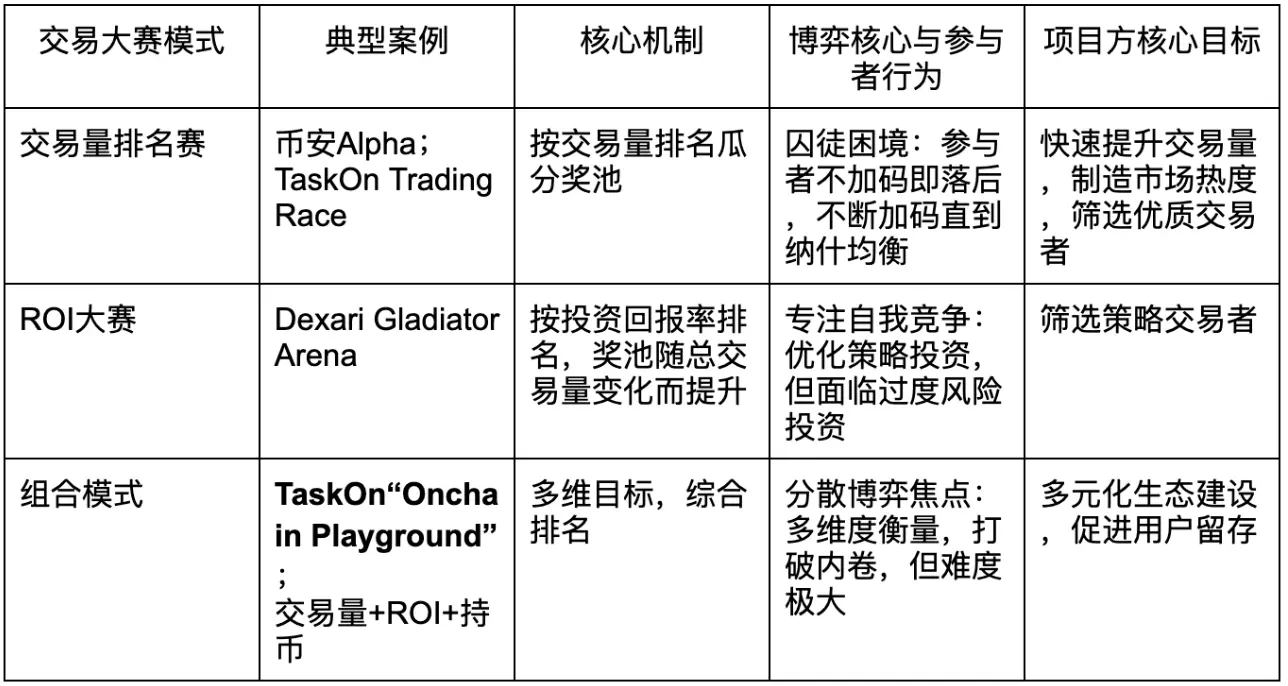
Nash Equilibrium and the Prisoner's Dilemma in On-Chain Trading Competitions
Why can trading competitions become a golden key to activate trading volume? Why does rational analysis ultimately lead to collective "involution"? When numerous participants are placed in the same arena, a set of addictive game mechanics is hidden behind the micro-game.
Trading competitions are a perfect embodiment of the prisoner's dilemma. Each participant faces a choice: to restrain themselves or to increase trading? If everyone restrains, the collective benefit is optimal, but as soon as one person 'betrays' and increases their stake, they can easily surpass others. Risk aversion and FOMO emotions drive everyone to continue involuting until the prize is diluted by transaction fees. Ultimately, the market tends toward Nash equilibrium—where all participants' inputs cause their net gains to approach the overall minimum, at which point no one is willing to unilaterally change their strategy. This 'zero-sum equilibrium' is precisely the state that project parties welcome for maximizing incentive efficiency.
Practical Simulation: The "Wear and Tear" Game of Binance Alpha Trading Competition
Recently, Binance Alpha launched a BNB Smart Chain trading competition, where participants compete for a prize equivalent to $3.1 million through trading in five independent volume pools: AKE, ARIA, TAKE, BOT, and RICE.
Participants fiercely compete for rankings. Heisenberg, a frequent participant in Binance Alpha, showed me his trading strategy: "Buy at the lowest fee, set sell orders at 2%-5%, and earn small price differences while increasing volume." But nearby, Kai immediately countered, "Buying and selling immediately, I lost 1.6U."
As the competition neared its end, the game intensified. "The last day of the previous trading competition was very competitive; some people lost dozens of U," Heisenberg vividly described why they fell into the prisoner's dilemma: "We are all betting on each other's points of giving up, with hundreds of U advantages alternating in rankings, and in the end, all the gains are lost. You can only make money if you don't get too carried away, but unfortunately, you can't persuade others, nor can you persuade yourself to take a loss."
He also reminded traders to carefully calculate trading friction and conduct background research on tokens, as making money is ultimately the original intention of participating in trading competitions.
Efficiency and Capital: The Efficiency of TaskOn Trading Race
On the TaskOn platform, a competition for QLS liquidity and trading sprint with a prize of $1,155 drove over $300,000 in trading volume.
The Trading Race page displays real-time information on trading volume, total prize pool, participants, etc., without enlarging the Swap entry, but instead placing the leaderboard in the most prominent position. Through the changes in rankings and real-time rewards, it provides a public, continuously updated leaderboard. As users' rankings rise or fall, the competitive psychology and desire to win among participants also fluctuate, serving as the biggest source of adrenaline and stimulating trading enthusiasm.
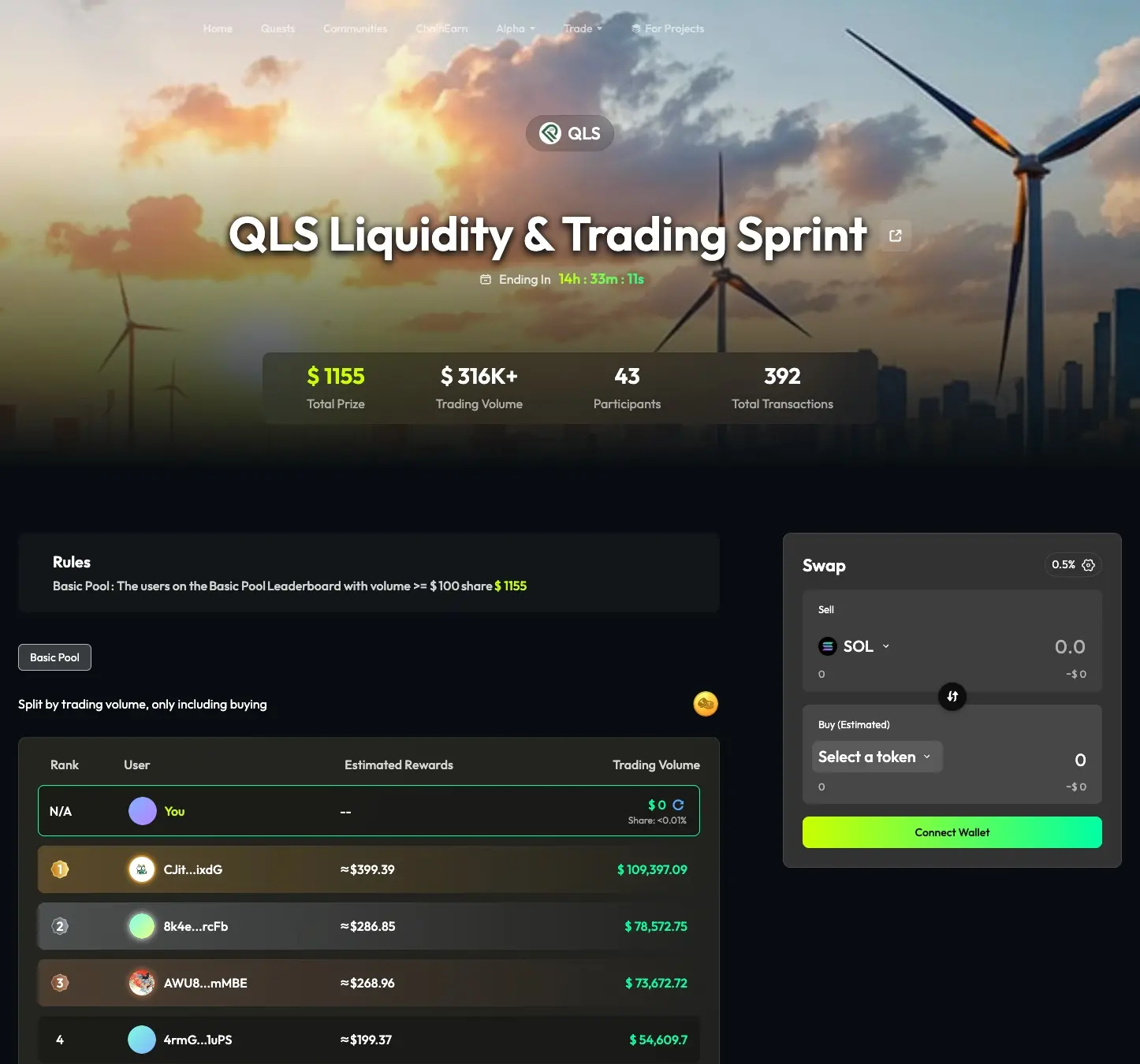
In the heated phase of the game, the endowment effect and sunk cost provide deeper psychological interference. Once users achieve a certain ranking through trading, they perceive this "temporary ownership" as theirs. As their ranking declines, risk aversion and sunk costs drive them to "give it another shot," attempting to recover their "losses." Sometimes, this competition is not even about rewards, but about honor.
In TaskOn's Discord community, I saw a user asking the admin if they could introduce related medals for the Trading Race. I privately messaged this user named "Bella," and she said, "The journey of large transactions often reflects a kind of on-chain honor. Sharing this medal on Twitter feels more natural than just posting trading screenshots."
Thus, TaskOn also maintains a balance in its rule design, with all trading information—user trading volume, expected earnings—being transparent and easily verifiable, making it easier to calculate overall costs and achieve Nash equilibrium. When the generally balanced trading point is calculated and set as the trading bottom line, retail investors can more controllably maximize their benefits.
As the Fogg Behavior Model explains: when strong motivation, simplified operational capability, and ubiquitous leaderboards are triggered, all three together lead to users' trading behavior flowing like mercury, unstoppable.
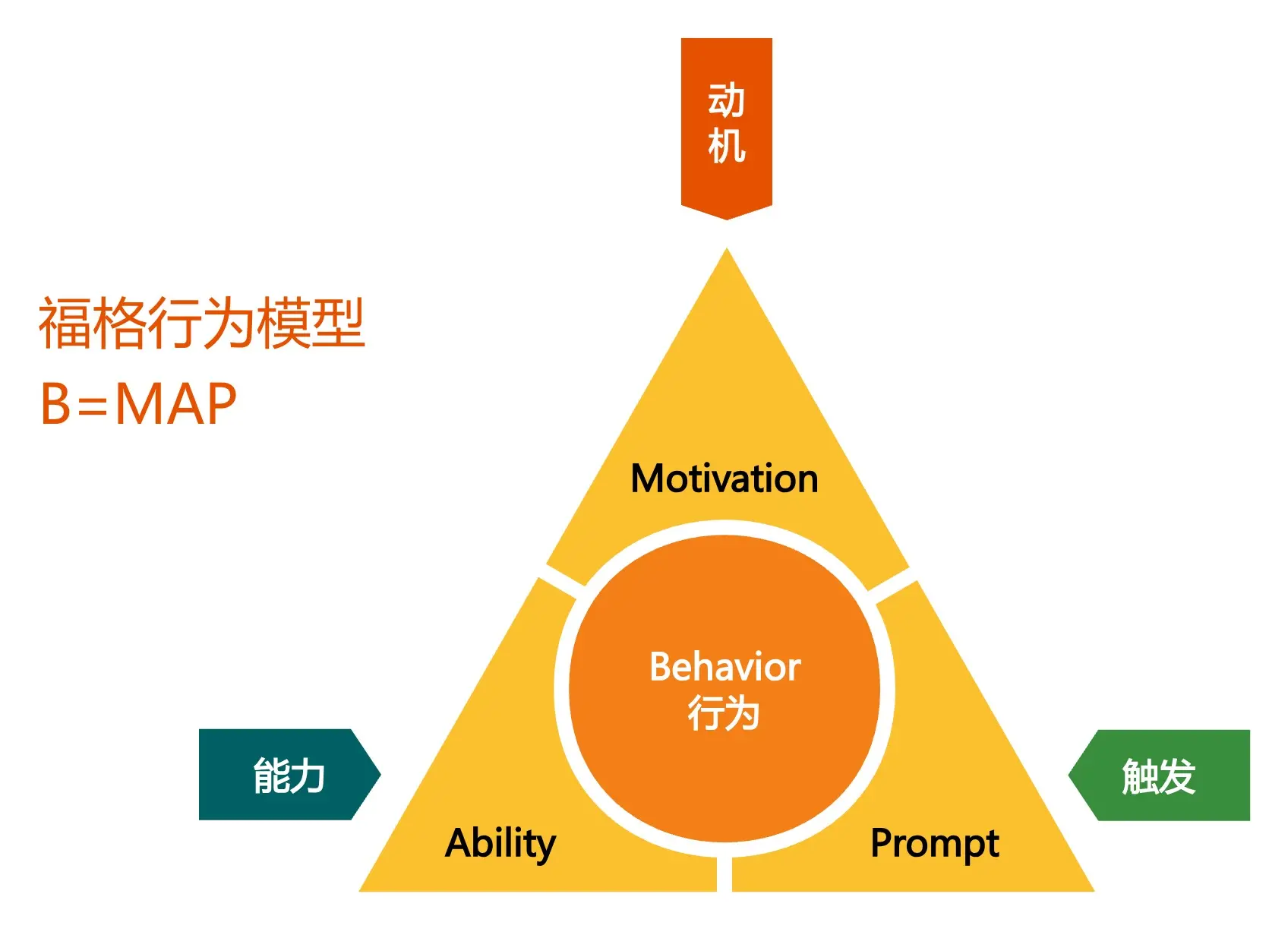
How to Successfully Organize a Trading Competition?
To successfully create a trading competition's underlying logic, one must effectively utilize the hook model—creating a cycle that makes users "addicted."
Just like we analyzed in the TaskOn Trading Race, through the four stages of the hook model, users transition from passive participation to active engagement:
Trigger: Activity announcements, community pushes (external triggers), and FOMO anxiety (internal triggers) initiate the cycle;
TaskOn's Trading Race events are prominently featured on the homepage and widely announced on Twitter and other channels. Public dynamic earnings make it easier for FOMO emotions to drive the flywheel to start;
Action: Users perform the simplest trading operations;
Variable Rewards: The most ingenious aspect of the hook model: the fluctuations in leaderboard rankings and the uncertainty of reward acquisition create variable rewards that continuously stimulate users' dopamine secretion;
The sliding of the leaderboard, with expected earnings directly decreasing by $100, makes the "loss" more intuitive, easily driving users' trading emotions.
Investment: The time, gas fees, and even emotions that users invest increase their sunk costs;
Ultimately, this forms a positive flywheel. Once the flywheel reaches its limit, project parties can build a standardized competition brand around the path of "rules—rewards—competitive atmosphere (leaderboard)—branding," creating a cycle of positive growth.
The Deep Value and Future Evolution of Trading Competitions
In addition to the independent operation of single project parties, joint trading competitions among projects within the same ecosystem can achieve ecological empowerment and scale effects in trading volume. As the dimensions of trading increase, the gameplay also becomes more diversified, making users' trading strategies themselves the main focus of competition.
Case Advancement: TaskOn and FourMeme's "Onchain Playground"
The Meme trading competition "Onchain Playground" jointly launched by TaskOn and FourMeme is a prime example of this thinking. It brings together five popular meme coins, including $EGL1 and $Janitor, and designs a sophisticated "three-dimensional" flywheel gameplay, elevating competition from mere involution to a strategic dimension:
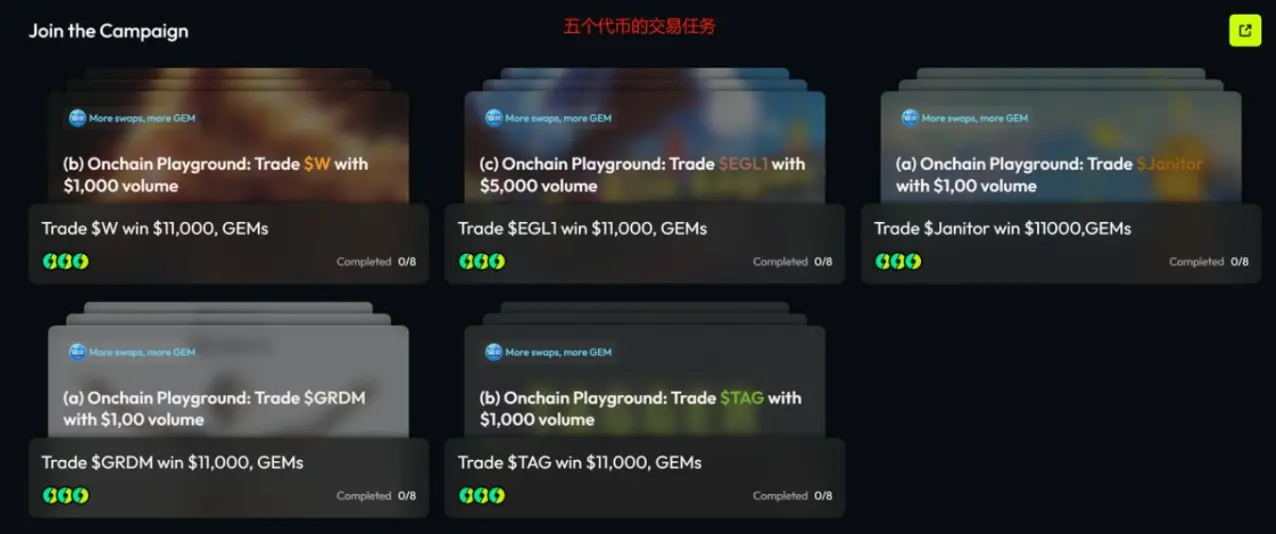
FCFS Pool: Users complete trading tasks for their preferred projects to share a $4,000 base prize pool and earn platform GEMs rewards.
Share Pool: Users must consider multiple "Task Collections" to impact the total trading volume leaderboard and share a $5,300 prize pool. This prize pool dynamically grows with total trading volume, breaking the earnings cap and incentivizing core players to continue investing.
Sprint Pool: Activating the gameplay value of GEMs, users share the final $1,700 sprint pool based on the number of GEMs. At this point, GEMs become the only metric for measuring earnings.
The brilliance of this mechanism lies in successfully implanting the core strategic question of "how to efficiently acquire GEMs" among users. Users not only compete in trading volume but also weigh their energy distribution across different tasks, contemplating optimal strategies to maximize benefits from the three prize pools. It also showcases the potential of joint competitions—through the three-dimensional design of basic game layers, strategic competition layers, and resource allocation layers, elevating competition from mere trading volume comparisons to strategic game dimensions. Ultimately, the total trading volume exceeded $3 million, with over 1,000 users competing in trading.
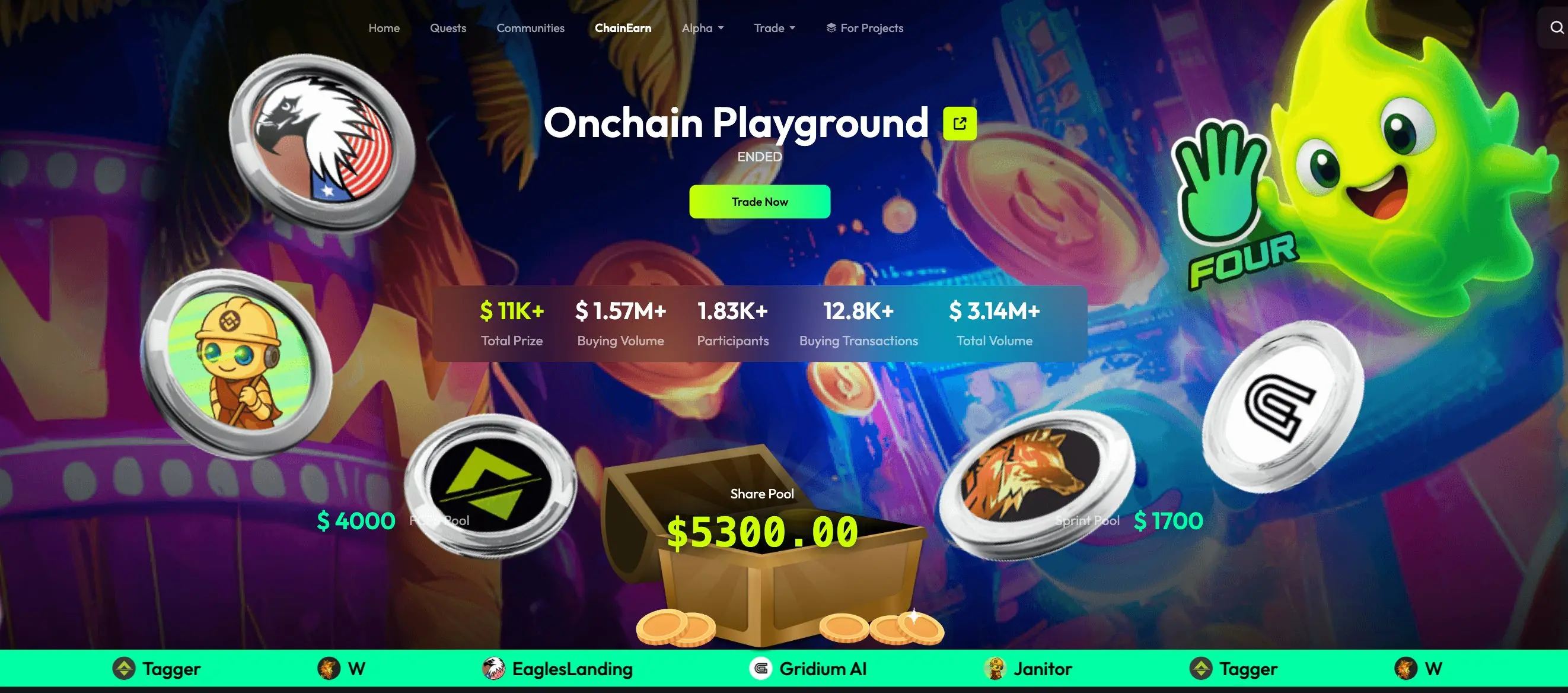
For project parties, trading competitions are a lever for initiating growth; for users, they are an excellent testing ground for trading. Future trading competition models can be even more diverse.
In fact, future trading competitions could evolve towards Hold Token competitions, integrating veToken models, ve(3,3) models, etc., transforming short-term incentives into long-term protocol binding, yield distribution, and weight enhancement. This would better align with the needs of the Web3 ecosystem.
On-chain trading competitions are a micro-experimental field that perfectly combines human game theory, economic incentives, and cryptographic technology. It clearly demonstrates that under reasonable rule design, while individual rational decisions may fall into the "prisoner's dilemma," they can ultimately drive the entire ecosystem toward a direction of activity, stability, and prosperity in the "Nash equilibrium."
免责声明:本文章仅代表作者个人观点,不代表本平台的立场和观点。本文章仅供信息分享,不构成对任何人的任何投资建议。用户与作者之间的任何争议,与本平台无关。如网页中刊载的文章或图片涉及侵权,请提供相关的权利证明和身份证明发送邮件到support@aicoin.com,本平台相关工作人员将会进行核查。




